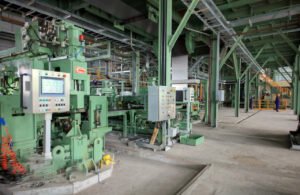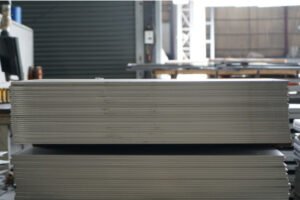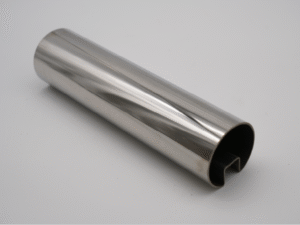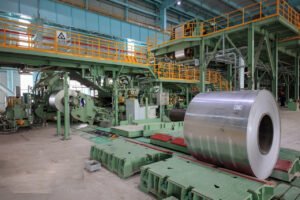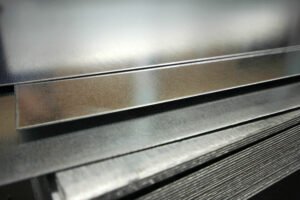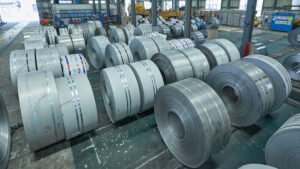Salt Water Corrosion: 5 Strategies to Extend Stainless Steel Lifespan
Struggling with premature rust on marine projects? The constant salt spray is relentless, costing you money and reputation. The solution lies in proactive, multi-layered strategies.
To extend the lifespan of stainless steel in saline environments, you must combine material selection (high-grade alloys), protective barriers (coatings), electrochemical methods (cathodic protection), intelligent design to avoid water traps, and a consistent maintenance schedule. This integrated approach ensures long-term durability and cost savings.
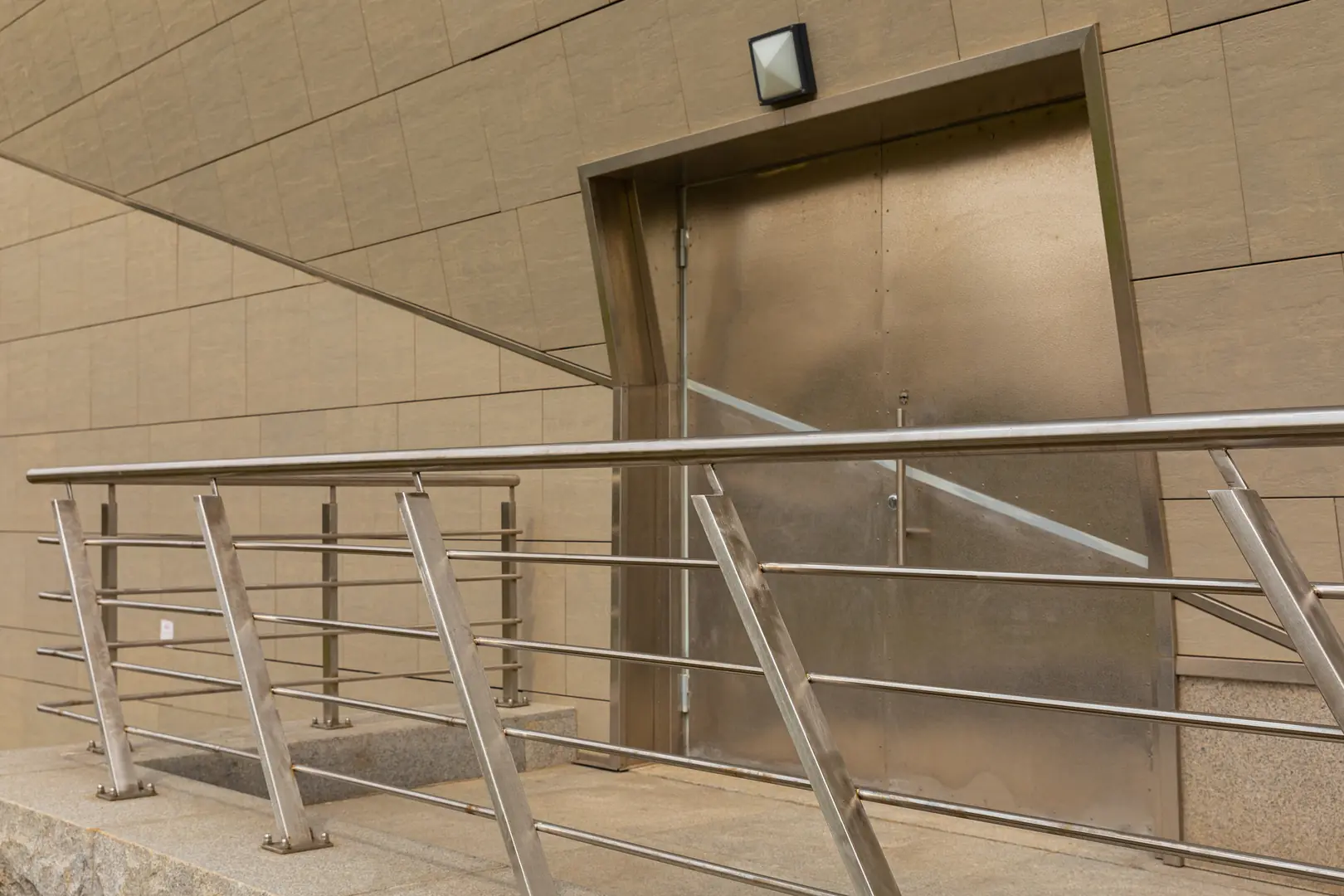
As the Global Business Director at MFY, I’ve seen firsthand how unforgiving salt water can be to even the toughest materials. But I've also helped countless clients in marine engineering and coastal construction implement robust solutions that stand the test of time. It's not about a single fix; it's about building a comprehensive defense. Let's break down the five key strategies that will protect your investment and ensure structural integrity in the harshest saline environments.
Why is Choosing the Right Alloy the First Line of Defense?
Specifying standard steel for a marine job? This often leads to rapid pitting and failure. The right alloy choice from day one prevents costly future replacements.
Choosing the right alloy is crucial because different grades have varying resistance to chloride-induced corrosion. High-molybdenum grades like 316L or duplex stainless steels offer superior protection, forming the foundational defense against salt water's corrosive attack.

Your entire anti-corrosion strategy begins with material science. Not all stainless steel is created equal, especially when chlorides are involved. The secret lies in the specific alloying elements that give certain grades their enhanced resilience. While all stainless steels have chromium, which creates the passive, corrosion-resistant surface layer, it's other elements that make the real difference in a marine setting. I remember a client building a coastal desalination plant who initially considered Grade 304 to save on upfront costs. We ran a lifecycle cost analysis and showed them that the required maintenance and eventual replacement cycle would cost them double within a decade. The key performance indicator here is the Эквивалентное число сопротивления питтингу (PREN)[^1], which is heavily influenced by molybdenum content.
The Power of Alloying Elements
The primary elements that bolster defense against salt water are chromium, nickel, and, most importantly, molybdenum. Molybdenum significantly enhances the steel's ability to resist pitting and crevice corrosion, which are the most common forms of failure in saline environments. This is why marine-grade stainless steel, like 316L, is the baseline standard, but for even more demanding applications, duplex stainless steels are superior.
Grade Comparison for Marine Applications
| Класс | Key Elements | PREN (Approx.) | Common Use Case |
|---|---|---|---|
| 304 | 18% Cr, 8% Ni | ~18-20 | Not recommended for direct salt contact |
| 316L | 17% Cr, 12% Ni, 2.5% Mo | ~24-26 | Marine hardware, coastal architecture |
| Дуплекс 2205 | 22% Cr, 5% Ni, 3% Mo | ~35-36 | Offshore platforms, chemical processing |
By switching the desalination plant's specification to a Duplex grade, the installation has been performing flawlessly for years with minimal maintenance. It’s a classic case of investing wisely in the right material science to achieve significant long-term savings.
How Do Protective Coatings Shield Stainless Steel from Salt?
Is your stainless steel still corroding despite being a good grade? The passive layer is under constant attack. A physical barrier is needed to give it a break.
Protective coatings act as a physical barrier, preventing corrosive elements like chloride ions and moisture from reaching the stainless steel surface. This shield stops the electrochemical reaction that causes rust and pitting, effectively isolating the metal from the harsh marine environment.
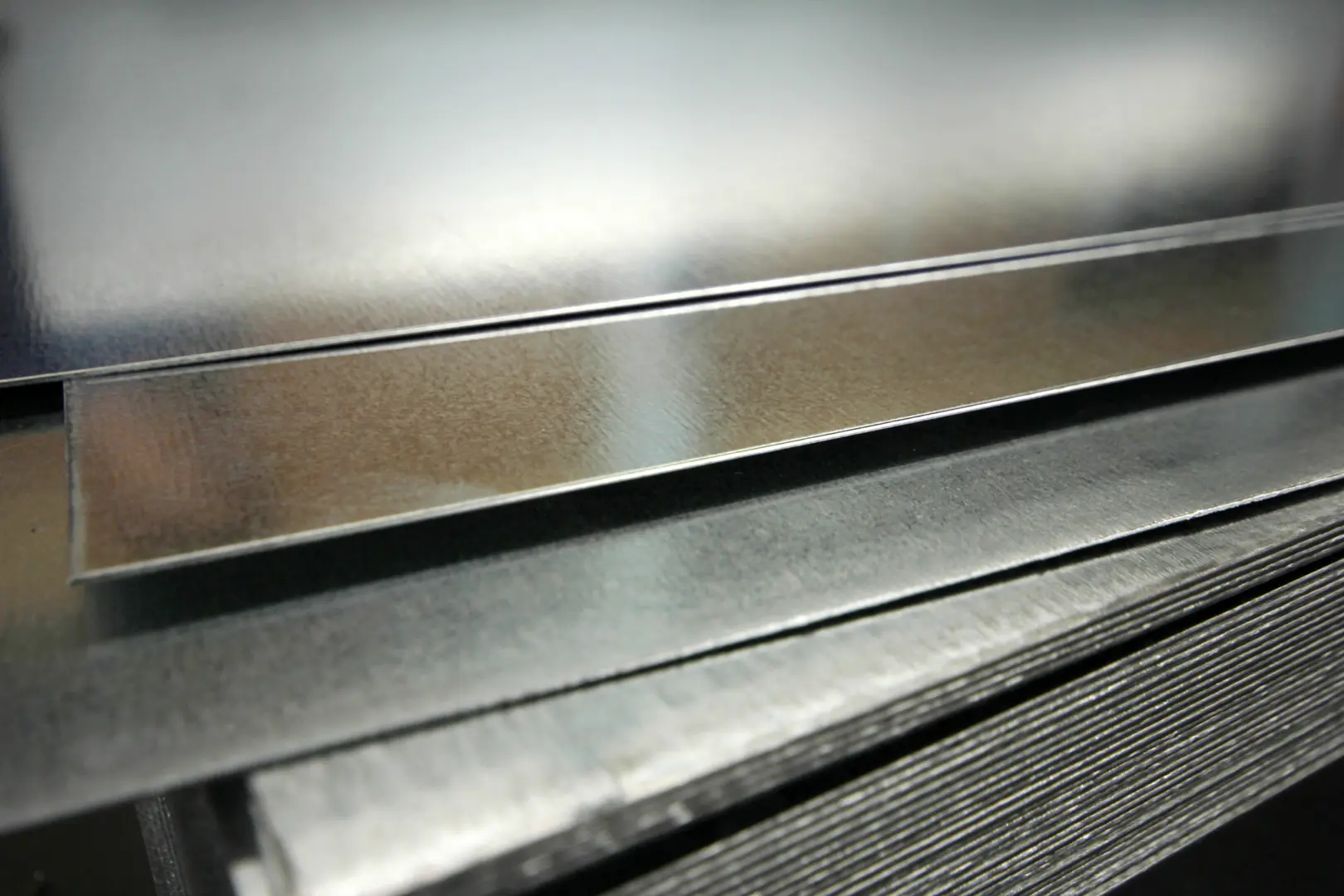
Even the best alloys can benefit from a second layer of defense. Think of a coating as armor for your steel. The passive chromium oxide layer on stainless steel is incredibly thin and can be compromised by a continuous barrage of salt and moisture. A high-performance coating provides a durable, impermeable barrier that preserves the integrity of the steel beneath. This is especially critical in the splash zone, where materials are subjected to repeated wetting and drying, a cycle that concentrates salt and accelerates corrosion. At MFY, we often work with clients to supply pre-coated stainless steel pipes and sheets, which offers a huge advantage. Applying these advanced coatings in a controlled factory environment ensures perfect surface preparation and application thickness, something that is very difficult to achieve on a project site.
Types of Advanced Coatings
The choice of coating depends on the specific application, from submerged components to atmospheric exposure.
- Epoxy Coatings: Excellent adhesion and chemical resistance, making them ideal for submerged or buried applications.
- Polyurethane Coatings: Often used as a topcoat over epoxy, they provide fantastic UV resistance and color retention for components exposed to sunlight.
- Ceramic-Infused Coatings: These offer superior abrasion and corrosion resistance for high-wear areas, such as pump impellers or propeller shafts.
Application is Everything
A world-class coating will fail if applied to a poorly prepared surface. The steel must be immaculately clean, dry, and profiled to ensure the coating can achieve a strong mechanical bond. This is why factory-applied coatings are often the most reliable solution, removing on-site variables and guaranteeing performance from day one.
Can Cathodic Protection Act as an Electronic Shield?
Facing corrosion in complex, submerged structures? Coatings alone can't protect every nook and cranny. You need an active, electrochemical defense system to guard the entire structure.
Yes, cathodic protection acts as an electronic shield by making the stainless steel structure the cathode of an electrochemical cell. This is achieved by connecting it to a more easily corroded "sacrificial" metal, which corrodes instead, protecting the vital steel components.

For assets that are fully or partially submerged, like ship hulls, pier pilings, or offshore oil and gas platforms, cathodic protection (CP) is an indispensable technology. It’s an active system that turns the science of corrosion against itself. Corrosion is an electrochemical process where one part of the metal (the anode) gives up electrons and corrodes, while another part (the cathode) receives them. A CP system introduces a new, more attractive anode, forcing the entire stainless steel structure to become the cathode. This effectively halts the corrosion process on the structure you want to protect. It’s the ultimate belt-and-suspenders approach when used with high-quality coatings. If the coating gets scratched or damaged, the CP system instantly protects the exposed steel, preventing localized corrosion from taking hold.
Sacrificial Anodes vs. Impressed Current
There are two primary methods for applying cathodic protection:
- Sacrificial Anode CP (SACP): This involves attaching blocks of a more electrochemically active metal, typically zinc, aluminum, or magnesium, directly to the steel structure. These "sacrificial anodes" corrode over time and must be periodically replaced. It's a simple and reliable system that requires no external power.
- Impressed Current CP (ICCP): This system uses a power source to impress a direct current through relatively inert anodes (like titanium) onto the structure. It's more complex but is highly controllable and suitable for protecting very large structures like pipelines and platforms.
For many of our clients in the shipbuilding and offshore industries, a combination of duplex stainless steel, an epoxy coating, and a well-designed sacrificial anode system is the gold standard for guaranteeing a multi-decade service life.
How Does Smart Structural Design Minimize Corrosion Hotspots?
Seeing rust in joints and crevices? Poor design can trap saltwater, creating perfect conditions for corrosion. Smart design eliminates these problem areas before they form.
Smart design minimizes corrosion by eliminating features that trap moisture and salt, such as crevices, sharp corners, and horizontal surfaces. Promoting water runoff, ensuring smooth welds, and using gaskets can prevent the localized concentration of chlorides that accelerates pitting and crevice corrosion.
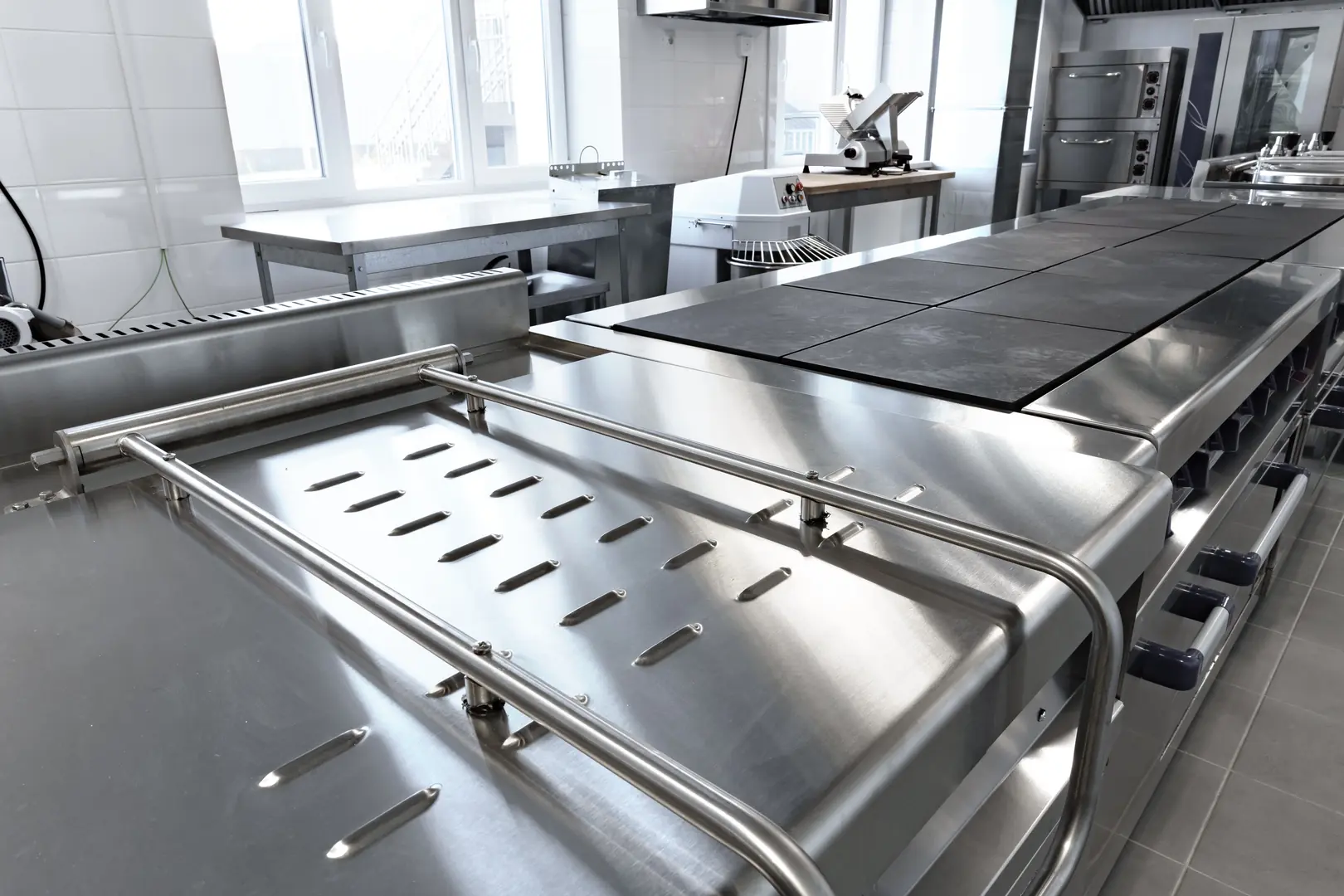
You can have the best material and the best coating, but a poor design can undermine everything. The most insidious form of corrosion in stainless steel is crevice corrosion, which occurs in small, stagnant gaps where water gets trapped. Inside that crevice, the oxygen is used up, and the chloride concentration skyrockets, creating a highly acidic micro-environment that rapidly eats away at the steel. The solution is to design these crevices out of the structure from the very beginning. This is an area where we add significant value at MFY, by consulting with our clients' engineering teams during the design phase. A small change on a blueprint can prevent a massive failure ten years down the road.
The Enemy: Trapped Moisture
Anywhere water can collect and sit is a potential failure point. This includes bolt heads, overlapping plates, and poorly executed welds. The goal is to create a structure that sheds water as efficiently as possible.
Design Principles for Longevity
| Bad Design (Creates Crevices) | Good Design (Prevents Corrosion) | Why it Works |
|---|---|---|
| Overlapping plates with skip welds | Continuous, smooth butt welds | Eliminates the gap between plates |
| Horizontal flat surfaces | Angled surfaces or drain holes | Promotes water runoff |
| Sharp internal corners | Rounded, generous radii | Prevents debris and moisture traps |
| Threaded fasteners in open contact | Use of sealing washers or gaskets | Isolates the threads from the environment |
Thinking about corrosion at the design stage is the most cost-effective strategy of all. It costs nothing to draw a line on an angle instead of horizontally, but it can add years to the life of a component.
What Role Does Regular Maintenance Play in Long-Term Protection?
Think your stainless steel is "maintenance-free"? Salt deposits build up, compromising the protective layer. A simple cleaning routine is your cheapest form of insurance against failure.
Regular maintenance is critical because it removes salt deposits and other contaminants that can break down stainless steel's passive chromium oxide layer. Simple, routine cleaning with fresh water prevents chloride concentration, stopping pitting corrosion before it can begin and ensuring maximum material lifespan.
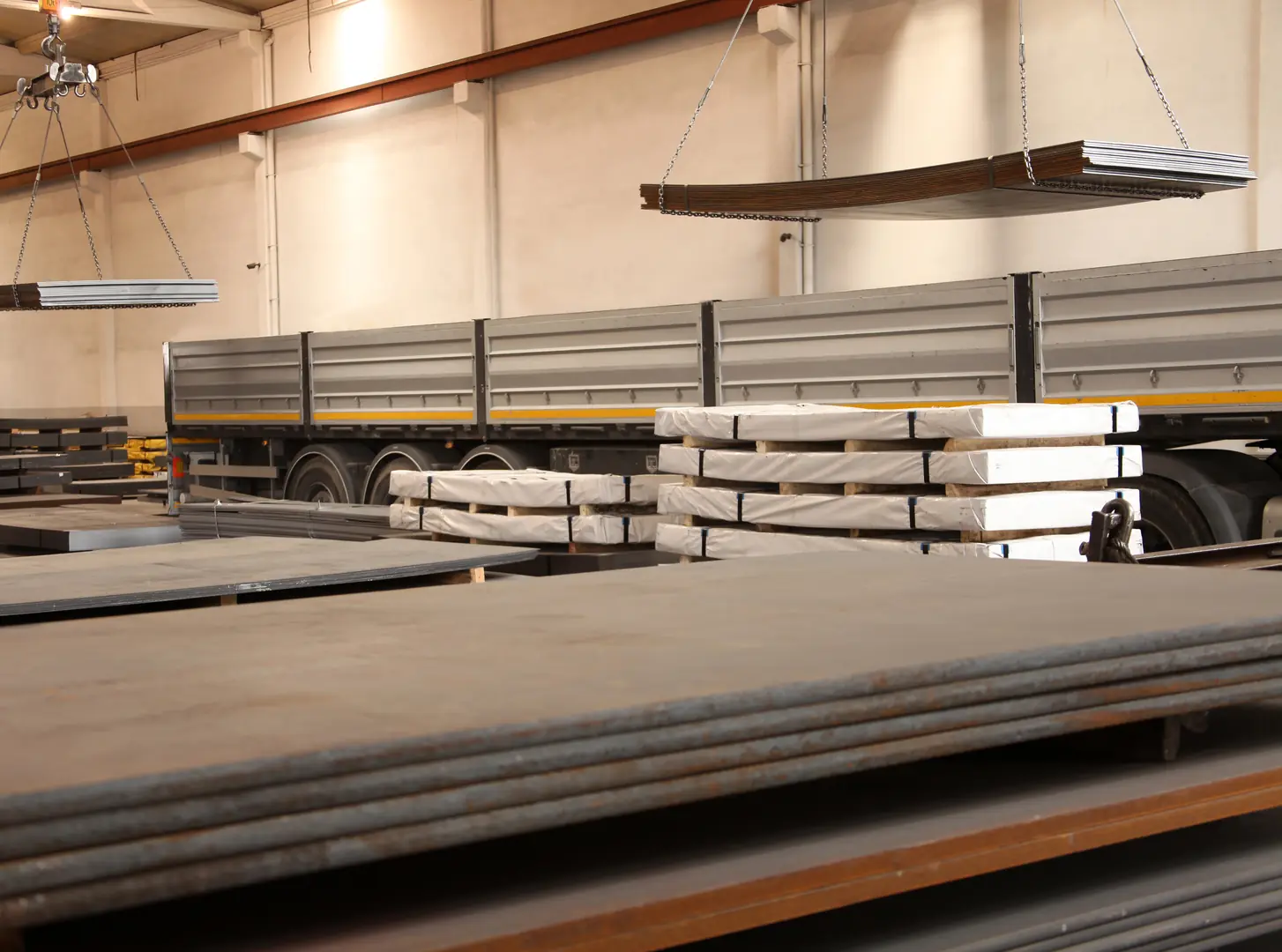
Finally, even the most robustly designed and constructed project requires a simple, consistent maintenance plan. The term "stainless" is a bit of a misnomer; it's more accurate to call it "stain-resistant." The passive layer that protects the steel needs oxygen to self-heal. If it's covered in a thick layer of dried salt and grime, it can't breathe. The chlorides in the salt deposits will slowly begin to break down that layer, initiating pitting. I once visited a client who had installed beautiful 316L architectural panels on a coastal hotel. After just two years, they were showing tea-staining and minor pitting. The cause? They had neglected the architect’s recommendation for a simple freshwater wash-down every three months. We helped them implement a cleaning schedule and a surface restoration, but that costly refinishing work could have been completely avoided with a pressure washer and a bit of diligence.
A Simple but Effective Schedule
A maintenance plan doesn't have to be complicated. For most coastal and marine applications, a simple routine is all that is required.
| Частота | Действие | Tools/Materials |
|---|---|---|
| Monthly | Freshwater Rinse | Low-pressure hose or pressure washer |
| Quarterly | Wash with mild soap | Soft brush, biodegradable detergent |
| Annually | Detailed Inspection | Visual check for discoloration, pitting, or damage |
Beyond Cleaning: Inspection
The annual inspection is your chance to catch small problems before they become big ones. Look for any signs of staining, check the integrity of coatings, and inspect sacrificial anodes to see if they need replacement. Early detection and remediation are always cheaper than a major repair or replacement. This final step closes the loop, ensuring that your well-chosen, well-designed, and well-protected stainless steel assets deliver their maximum possible service life.
Заключение
Protecting stainless steel from salt water isn't about one magic bullet. It's an integrated system of choosing the right material, applying barriers, using smart design, and performing regular maintenance. This holistic approach, combining material science and engineering, ensures durability and saves you money in the long run.
У вас есть вопросы или нужна дополнительная информация?
Свяжитесь с нами, чтобы получить индивидуальную помощь и квалифицированный совет.

